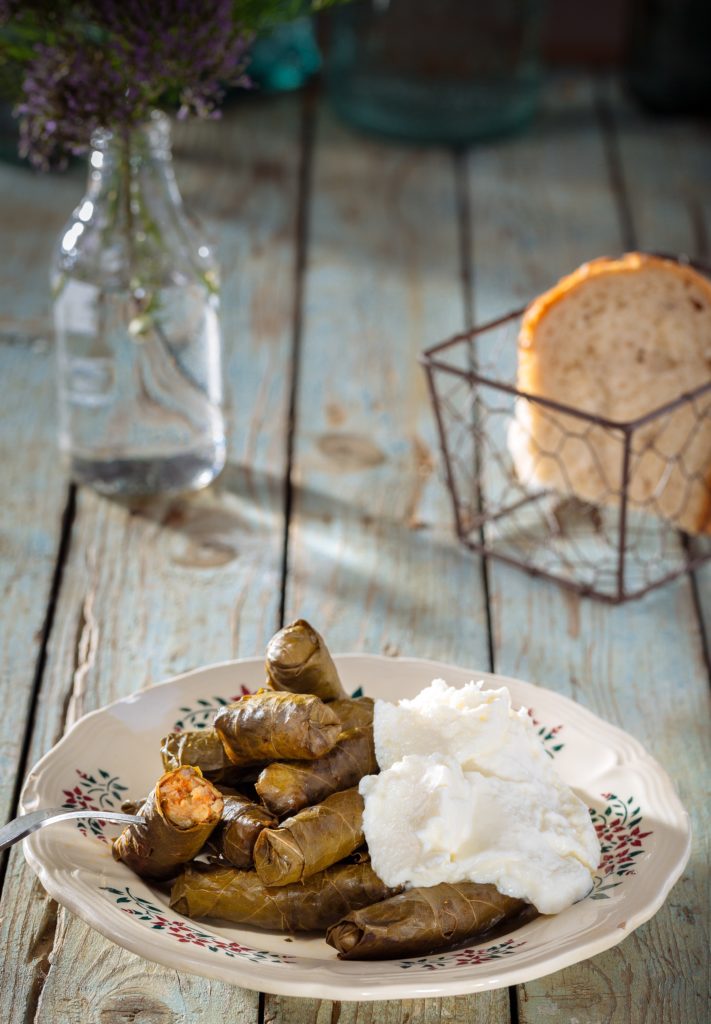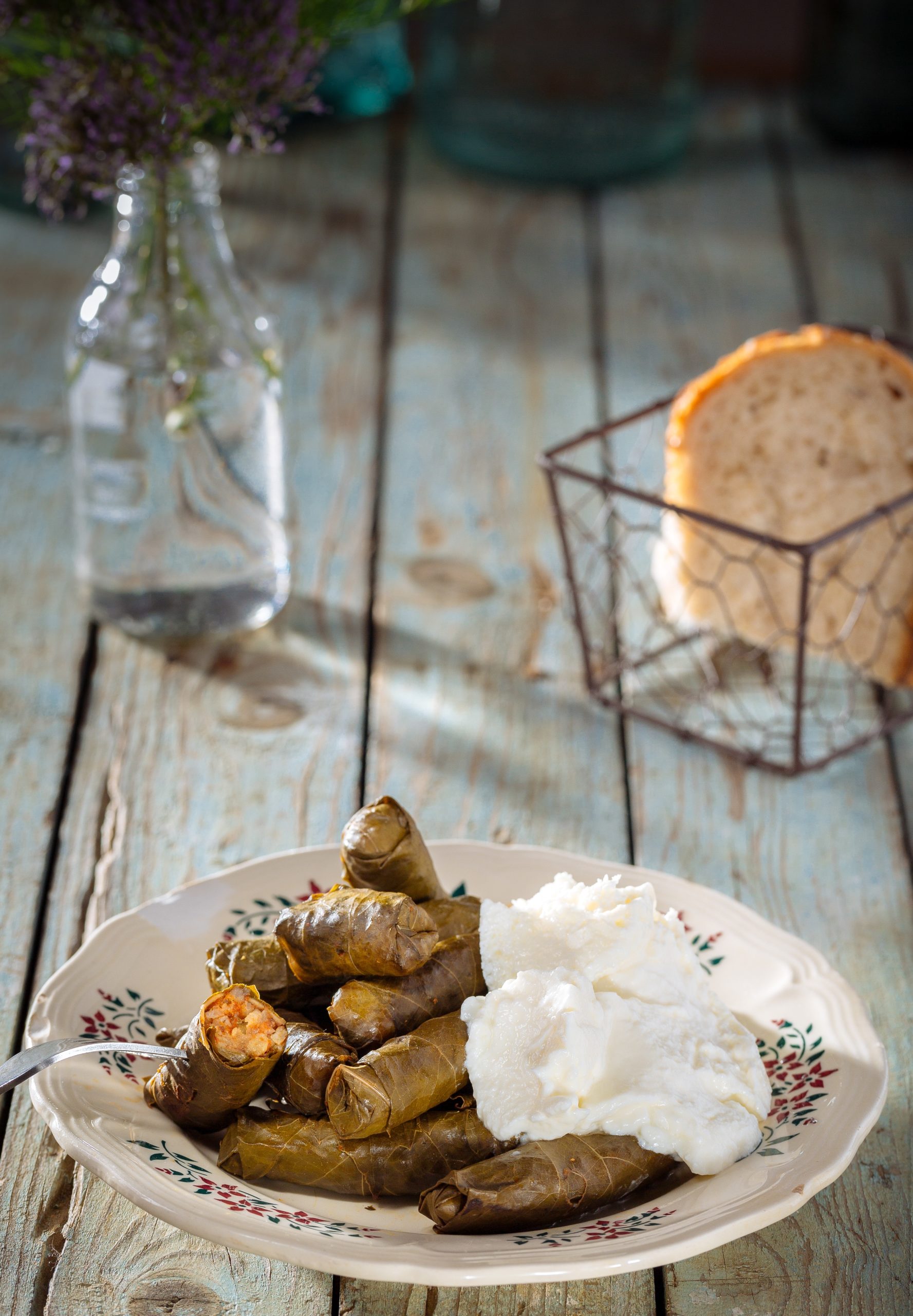Recipe for making easy and delicious yoghurt

The Story behind our yoghurt making…
Everyone who has ever tasted yoghurt or yogurt as it is sometimes spelt, can get hooked on to its many varieties. In Australia, we are blessed with an abundance of delicious thick yoghurt and we are usually spoilt for choice. We used to take it all for granted and not really realize what we had until we went to live and work in China. Talking about yoghurt in China, we could say that it is quite a new comer to the Chinese diet. Some Chinese people have problems digesting any milk product as their systems are more used to Soy milk and its variations. The first year of us living in the province of Inner Mongolia saw us running around the city in search of the elusive yoghurt. Even when we did find it, it was always so thin and sweet…yuck! Believe it or not, it was still a rare prized possession for us. So, began our quest to start making our own yoghurt….
We asked around and got a whole bunch of complicated, bizzarre and expensive methods that included wrapping up a saucepan of yoghurt making material in 3 big blankets, leaving the oven on all night and buying an expensive yoghurt maker. Well, all of that seemed a bit much really. Finally, on one last desperate google search for yoghurt making recipes, I miraculously stumbled upon the wonderful blog of Melanie Rimmer, ‘Bean Sprouts’ in particular, the ‘How to make Greek Yogurt ‘ post. It was truly comparable to finding a flowing river in the middle of a desert. After a lot of experimentation and learning, I have become a mini expert on yoghurt making. So, here goes the method…
What you will need…
- A flask (thermos as some would say)
- A thermometer – a digital one would be grand but any old one that works would do
- A saucepan
- 1 litre of milk – any kind you like or can get hold of (including powdered milk)
- 1 tablespoon of yoghurt – have a look on the label to make sure if it has live cultures (it will have names of the cultures on the label)
How to make it…
- Heat the milk in the saucepan until it comes to the boil. When it comes to the boil, reduce the heat and keep it on simmer for a few minutes to evaporate more water and make your milk thicker. (We do this to kill the germs in milk)
- Get the yoghurt out of the fridge at this stage and let it warm up to the room temperature.
- Take the milk off the heat and let it cool down to 50 degrees centigrade. Keep an eye on it because after a particular point the milk will start to cool down rapidly. (Hotter than 50 degrees can kill the good bacteria necessary for yoghurt making)
- Mix the tablespoon of yoghurt with the milk and pour it into the flask and close the lid tightly.
- Leave the flask overnight or for 8 to 14 hours and then open the flask to find delicious yoghurt. (The flask helps in maintaining the temperature for the yoghurt culture to do its work)
- Pour the yoghurt out into a clean container and place it in the fridge. Warm yoghurt is not great!
Things I learnt from experimentation…
- The longer you leave the yoghurt in the flask the more sour the yoghurt becomes.
- If the yoghurt isn’t formed well when you open the flask 14 hours later, just leave the yoghurt in the flask for more time until the fermentation happens.
- The better the quality of the ingredients the better the end product.
- A little cooler than 50 degrees centigrade is still okay for yoghurt making.
- In case of bad quality yoghurt culture, just use a bit more than 1 tablespoon to get it happening.
- After the first time, you can use your own yoghurt for the starter.
The last word…
In my opinion, when we have good quality milk and yoghurt culture, the yoghurt made is thick enough. So there is no need to strain the yoghurt solution to make it any thicker. I can say that since I learnt to make yoghurt at home, I have only had to buy the starter yoghurt at times from the shop. Home made yoghurt is so delicious that I’m never satisfied with the shop bought one and I know what is in my yoghurt!
